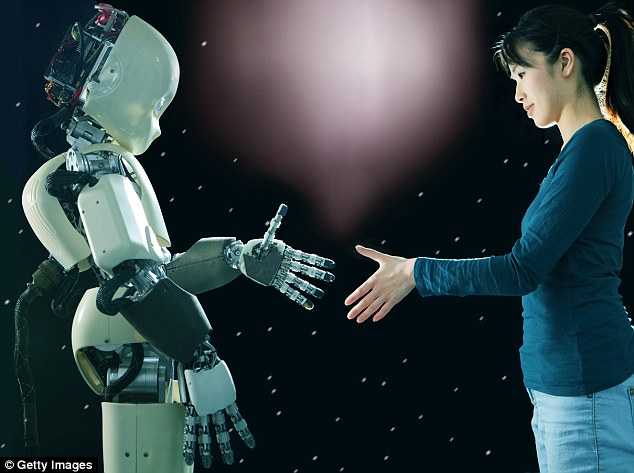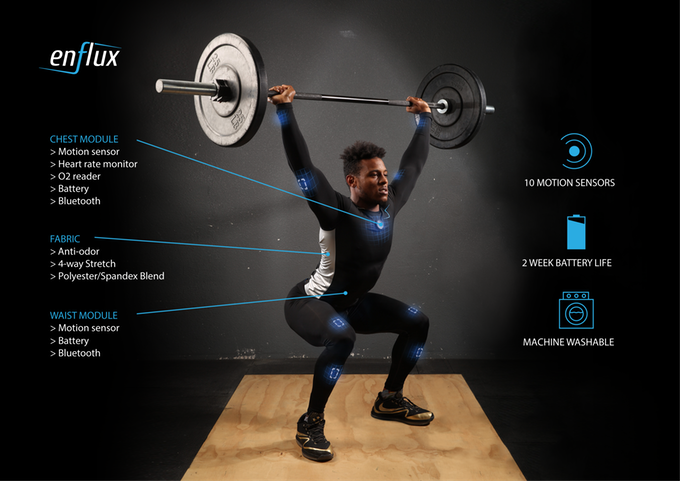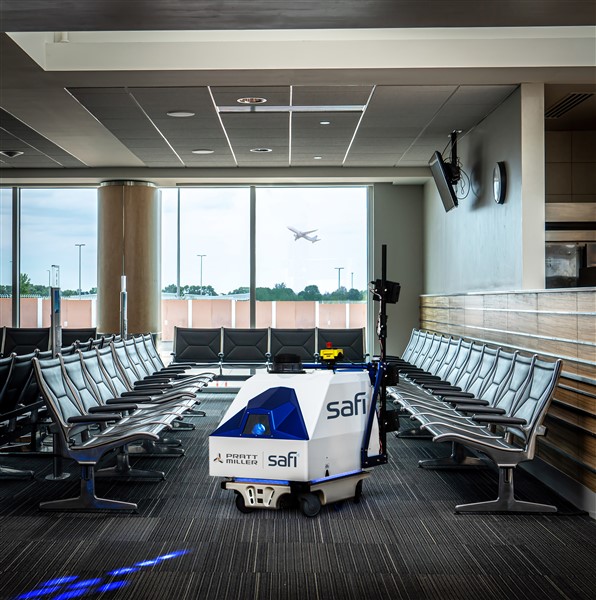Researchers creating artificial intelligence and robots search for methods to add features that help humans build emotional bonds with artificial intelligence. It’s a slippery slope, as there is a significant level of hesitancy regarding AI developments, but must be done for the next generation of robotics.
Addition of virtual-based assistants and other AI technologies, enjoying strong proliferation into consumers’ lives, is learning from even larger customer interaction scenarios.
Here is what Roberta Cozza, research director at Gartner, said in early 2018:
”Emotion AI systems and affective computing are allowing everyday objects to detect, analyze, process and respond to peoples’s emotional states and moods to provide better context and a more personalized experienced. To remain relevant, technology vendors must integrate AI into every aspect of their devices, or face marginalization.”
I posted a blog in April covering the steps used to create robots designed to cater to aging residents in Japan. A robot’s AI software, while research is still in early stages, assuredly helps deliver a more personalized experience. In addition, the ability to detect a person’s emotional mood means the robot can present different activities to level out possible mental and physical stress points.
The total AI market is expected to top $191 billion by 2024, with an impressive 37 percent compound annual growth rate (CAGR), according to Market Research Engine. The company also confirmed growth in “human-like robots” R&D is having a noticeable positive impact for the growing industry.
[Image courtesy of Getty Images]



